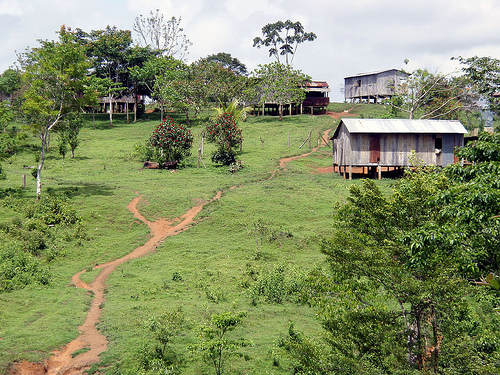Our SWOT analysis is based on our observations from the works of scholars, institutions, and government officials regarding the Corazón TBR project. To see our full source listing, please click here.

Strengths
- strong proposal guidelines, foresight, and ideology
- established donor base
- existing network of conserved land from which to work
Weaknesses
- weak implementation at the ground-level
- mission drift due to donor influence
- opposition from ethnic groups
Opportunities
- include the local, considering indigenous rights and traditional knowledge
- strengthen the geographical connectivity of the individual Nicaraguan and Honduran environmental reserves (Rio Platano, Tawahka, Patuca, Warunta, Mocoron, Rus Rus, Rio Kruta, Bosawas) in the projected Corazon region
- carry out the realization of project plans, particularly as outlined in their “Process Framework” and “Operative Manual” proposal documents
Threats
- drifting too far from environmental priorities to development concerns
- working within a socioeconomic conflictive context
- ensuring shared responsibility and accountability among Nicaraguan and Honduran governments